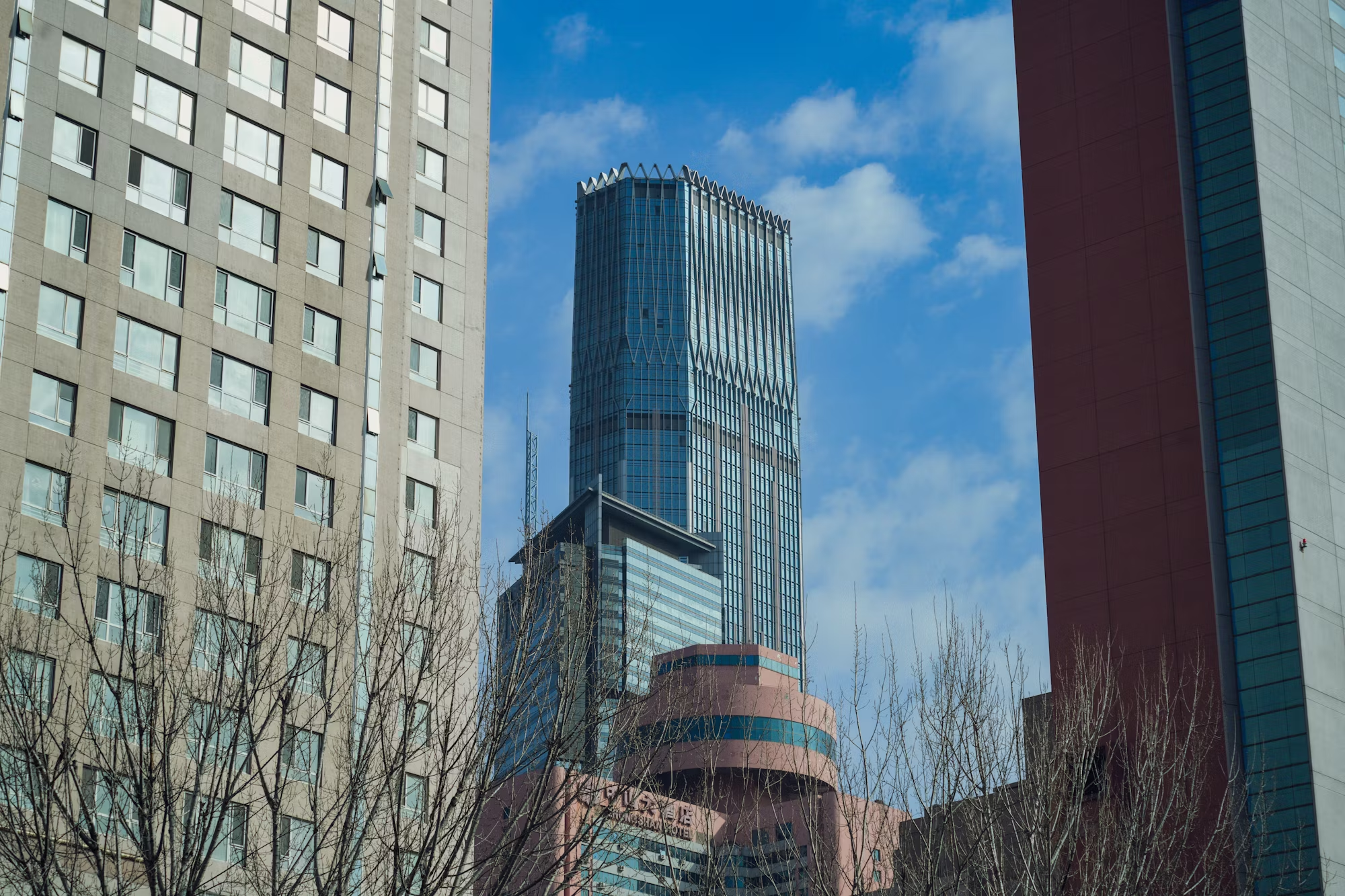
Living in a small apartment can be both a challenge and an opportunity for creativity. With limited space, it is essential to maximize every square foot while maintaining a stylish and functional environment. This article provides innovative ideas and practical tips for small apartment living, helping residents create a comfortable home that suits their lifestyle.
One of the fundamental principles of maximizing space is understanding the layout and flow of the apartment. Before making any changes, it’s important to assess how the available space can best be utilized. This means considering how each area will function and how to create distinct zones for different activities, such as sleeping, dining, and working. Open floor plans can often feel cramped without thoughtful organization, so it’s crucial to define areas using furniture placement, rugs, or dividers.
Multifunctional furniture is a game-changer in small apartments. Investing in pieces that serve more than one purpose can significantly enhance usability. For instance, a sofa bed can accommodate guests without requiring a separate guest room. Coffee tables with built-in storage or extendable dining tables provide flexibility for entertaining and everyday use. By choosing furniture that adapts to your needs, you can maintain a clutter-free environment while maximizing functionality.
Another effective strategy is to utilize vertical space. In small apartments, every inch counts, and going up can provide valuable storage opportunities. Installing shelves high on the walls can create additional storage for books, decorative items, or plants. Tall bookcases or cabinets can draw the eye upward, making the room feel taller and more open. Wall-mounted hooks or pegboards can also offer creative solutions for storing kitchen tools, accessories, or even bicycles, freeing up floor space and keeping items organized.
Decluttering is essential when it comes to maximizing space. A minimalist approach can help residents focus on the essentials and let go of items that are no longer needed or used. Start by going through each room and identifying items that can be donated, recycled, or discarded. Implementing a one-in-one-out rule can also help maintain order: for every new item brought into the home, an old item should be removed. This practice not only reduces clutter but also encourages mindful purchasing habits.
Color can greatly influence the perception of space in a small apartment. Light and neutral colors can create a sense of openness, while darker shades can make a room feel cozier but also smaller. Choosing a consistent color palette throughout the apartment can create a cohesive look and enhance the overall flow of the space. Accent colors can be introduced through decorative elements such as throw pillows, artwork, or plants, allowing for personalization without overwhelming the visual space.
Lighting plays a vital role in how a small apartment feels. Maximizing natural light can help make spaces feel larger and more inviting. Using sheer curtains allows sunlight to filter through while maintaining privacy. When it comes to artificial lighting, layering different types of light sources—ambient, task, and accent—can create depth and warmth. Consider adding floor lamps, table lamps, or wall sconces to brighten dark corners and add a cozy atmosphere.
Storage solutions are essential for keeping small apartments organized. In addition to furniture with built-in storage, consider creative ways to hide items in plain sight. Baskets, decorative boxes, and storage ottomans can keep belongings organized while contributing to the overall decor. Under-bed storage can also be a lifesaver, providing a place for seasonal clothing or extra linens. By utilizing various storage options, residents can maintain a tidy and functional living space.
Incorporating plants into small apartments can enhance both aesthetics and well-being. Houseplants bring life to a space, improve air quality, and create a calming atmosphere. Choose low-maintenance plants that thrive indoors, such as snake plants, pothos, or succulents. Hanging planters or wall-mounted pots can save valuable surface space while adding a touch of nature to the decor. Plants can also be used to create visual interest, drawing attention to specific areas of the apartment.
Personalizing the space is crucial for making a small apartment feel like home. Select artwork, photographs, and decor that resonate with your style and personality. Rather than overcrowding walls, consider creating a gallery wall with a few carefully chosen pieces. This can become a focal point that adds character and depth to the space. Remember, the key to personalizing a small apartment is to select meaningful items that enhance the overall aesthetic without adding clutter.
In addition to decor, creating a cozy atmosphere involves thoughtful attention to textiles. Soft fabrics, such as plush throws and comfortable cushions, can enhance the comfort level of the space. Layering textiles through rugs, curtains, and upholstery can create a warm and inviting environment. Choose materials that are durable yet stylish, allowing for a balance between comfort and practicality.
Lastly, embracing technology can further enhance small apartment living. Smart home devices can help manage energy use, control lighting, and streamline daily tasks. Consider integrating smart thermostats, lighting systems, and home assistants to create a more efficient and user-friendly environment. Technology can also facilitate organization, with apps designed to help manage household tasks, inventories, and schedules.
In conclusion, maximizing space in a small apartment requires creativity, thoughtful planning, and a focus on functionality. By understanding the layout, investing in multifunctional furniture, and utilizing vertical space, residents can transform their compact living areas into stylish and practical homes. Incorporating strategies such as decluttering, choosing a cohesive color palette, and utilizing effective storage solutions can create an inviting atmosphere. With these tips, small apartments can become comfortable retreats that reflect individual style and meet everyday needs.





